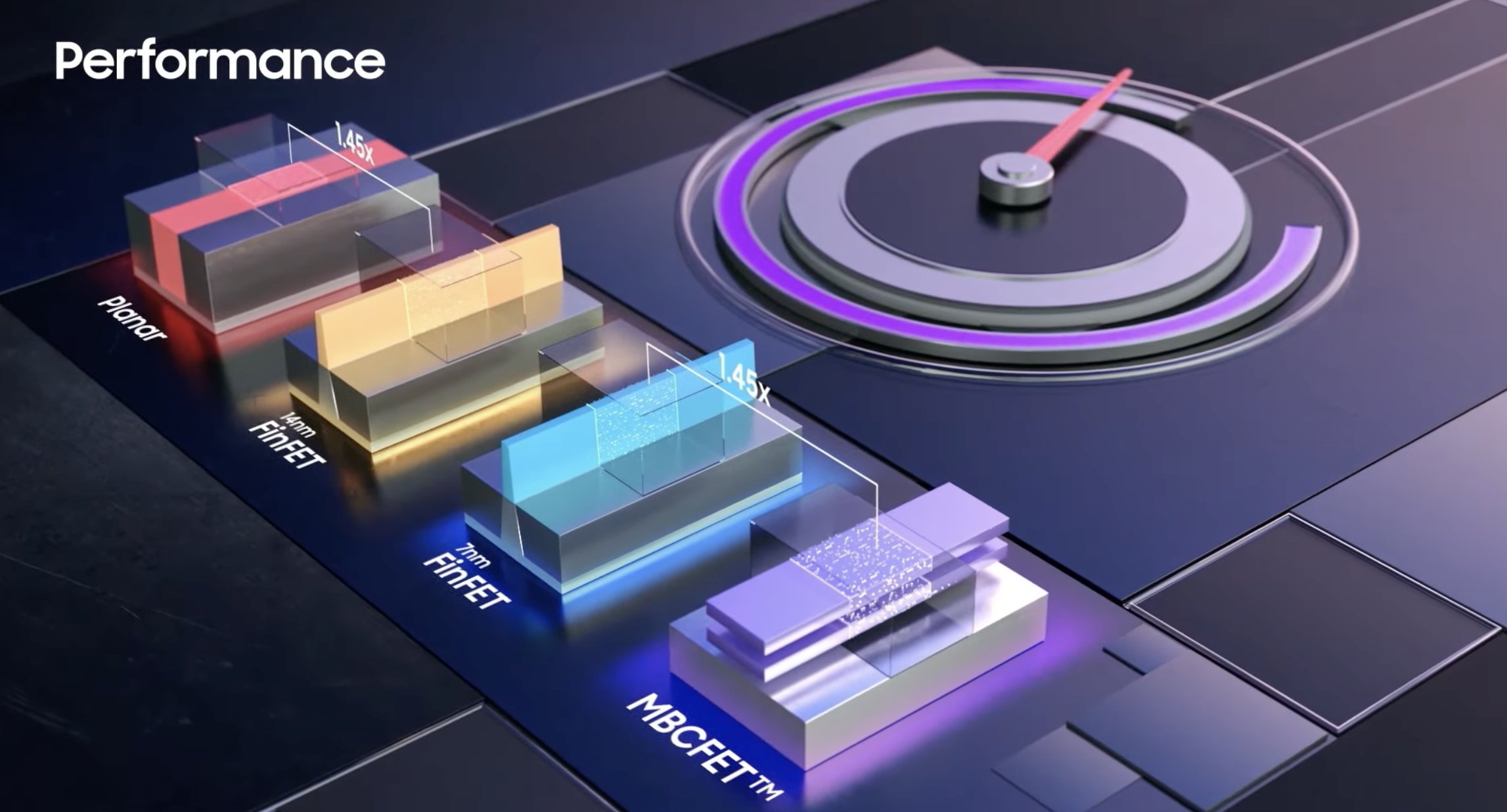Introduction
The semiconductor industry has been on a relentless quest to make electronic devices smaller, faster, and more energy-efficient. In this pursuit, a new breakthrough technology has emerged: Gate-All-Around (GAA) transistors.
GAA transistors represent a significant departure from traditional transistor designs, offering several advantages that promise to revolutionize the industry.
In this blog post, we will delve into the fascinating world of GAA transistors and explore how they are poised to reshape the future of electronics.
Understanding GAA Transistors
At their core, transistors are the fundamental building blocks of modern electronic devices. They serve as electronic switches that control the flow of electrical current in integrated circuits. Traditional transistors, known as FinFETs (Fin Field-Effect Transistors), have played a crucial role in advancing semiconductor technology. However, as devices continue to shrink and demand higher performance, these transistors face limitations.
GAA transistors address these limitations by introducing a groundbreaking design concept: the gate surrounds the channel from all sides. This design offers several compelling advantages over traditional transistors, setting the stage for a new era in semiconductor technology.

Advantages of GAA Transistors
Improved Performance: GAA transistors exhibit superior performance characteristics. The unique gate-all-around design allows for better electrostatic control over the channel. This enhanced control results in faster switching speeds and reduced power consumption. As a result, electronic devices powered by these transistors can execute tasks more swiftly while conserving energy, leading to a significant boost in overall performance.
Reduced Leakage Current: One of the critical challenges in semiconductor design is minimizing leakage current, as it directly impacts battery life in portable devices. These transistors excel in this aspect, offering substantially lower leakage current compared to their FinFET counterparts. This reduction in leakage current translates to extended battery life, a crucial advantage in today’s mobile-driven world.
Increased Scalability: GAA transistors can be scaled down to smaller sizes than traditional transistors, thanks to their innovative design. This scalability not only enables the creation of smaller, more compact devices but also allows for the integration of a higher number of transistors on a single chip. Consequently, this paves the way for the development of more powerful and energy-efficient electronic devices.
Improved Resistance to Short-Channel Effects: Short-channel effects are a major concern as transistor dimensions shrink. These effects can result in increased leakage current and degraded performance in traditional transistors. These transistors are less susceptible to short-channel effects due to their unique design, ensuring stable and consistent performance even at smaller sizes.
Increased Gate Density: The gate in a GAA transistor can be made wider and taller than in traditional transistors. This expanded gate geometry enables a higher gate density, allowing for more transistors to be packed into a given area. The increased gate density contributes to improved transistor performance, making these transistors a compelling choice for advanced semiconductor applications.
Read more: 3 nm Chip from Mediatek and TSMC has arrived
The Future of GAA Transistors
While GAA transistors are still in development, they hold immense promise for the semiconductor industry. Their advantages in terms of performance, reduced leakage current, scalability, and resistance to short-channel effects position them as the technology of the future.
These revolutionary transistors are expected to play a pivotal role in powering the next generation of electronic devices, ranging from smartphones and laptops to data centers and IoT devices. As the industry continues to push the boundaries of what is possible, these transistors offer a path towards achieving higher levels of efficiency, performance, and energy savings.
Read more: Who invented Transistor, Really??
Samsung to make 3 nm tech on GAA
Samsung announced in June 2022 that it had started initial production of 3 nm node applying GAA transistor architecture.
As per Samsung, 3 nm GAA process can achieve 45% reduced power usage, 23% improved performance and 16% smaller surface area compared to 5nm process.
Samsung’s 3 nm GAA process uses a new type of transistor called MBCFET (Multi-Bridge-Channel Field-Effect Transistor). MBCFET transistors have a gate that surrounds the entire channel, which gives them better electrostatic control and reduces short-channel effects. This can lead to faster switching speeds, lower power consumption, and improved performance.
Samsung is not the only company that is developing 3 nm GAA chips. TSMC, Intel, and GlobalFoundries are also working on this technology. However, Samsung is the first company to start mass production of 3 nm GAA chips.
The 3 nm GAA process is a major milestone in the semiconductor industry. It is the first major process node to use GAA transistors, which are expected to become the standard for future chips.
Conclusion
Gate-All-Around (GAA) transistors represent a groundbreaking advancement in semiconductor technology. Their innovative design, which surrounds the channel with the gate from all sides, unlocks a host of advantages, including improved performance, reduced leakage current, increased scalability, resistance to short-channel effects, and higher gate density.
As GAA transistors continue to undergo development and refinement, they are poised to become the driving force behind the next wave of electronic devices. These transistors hold the potential to reshape the landscape of the semiconductor industry, ushering in an era of smaller, faster, and more energy-efficient electronics that will benefit consumers and industries alike.




